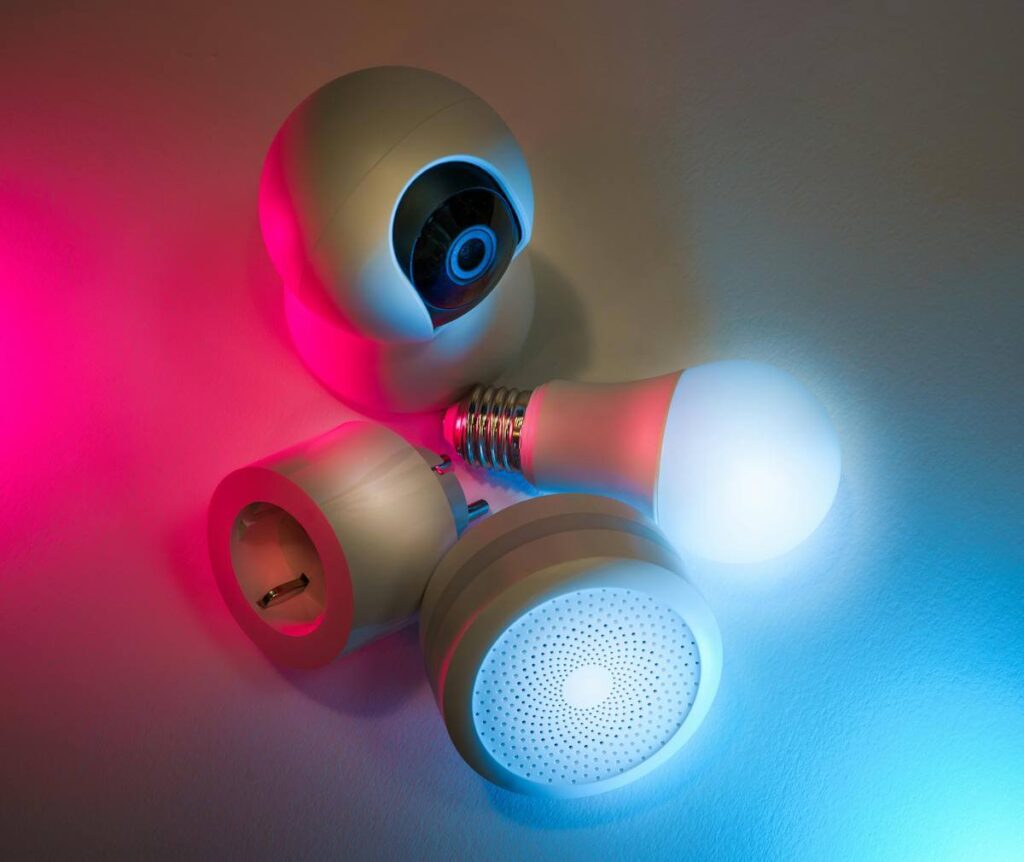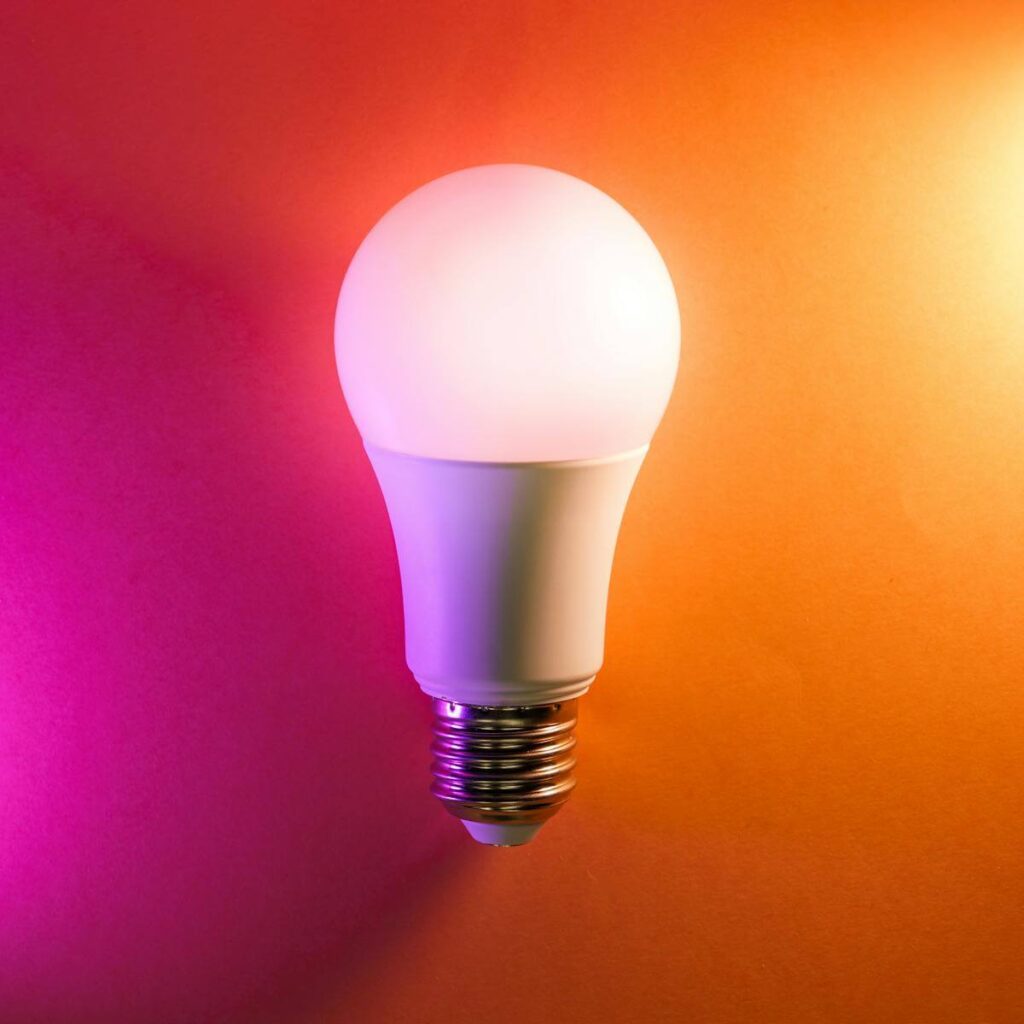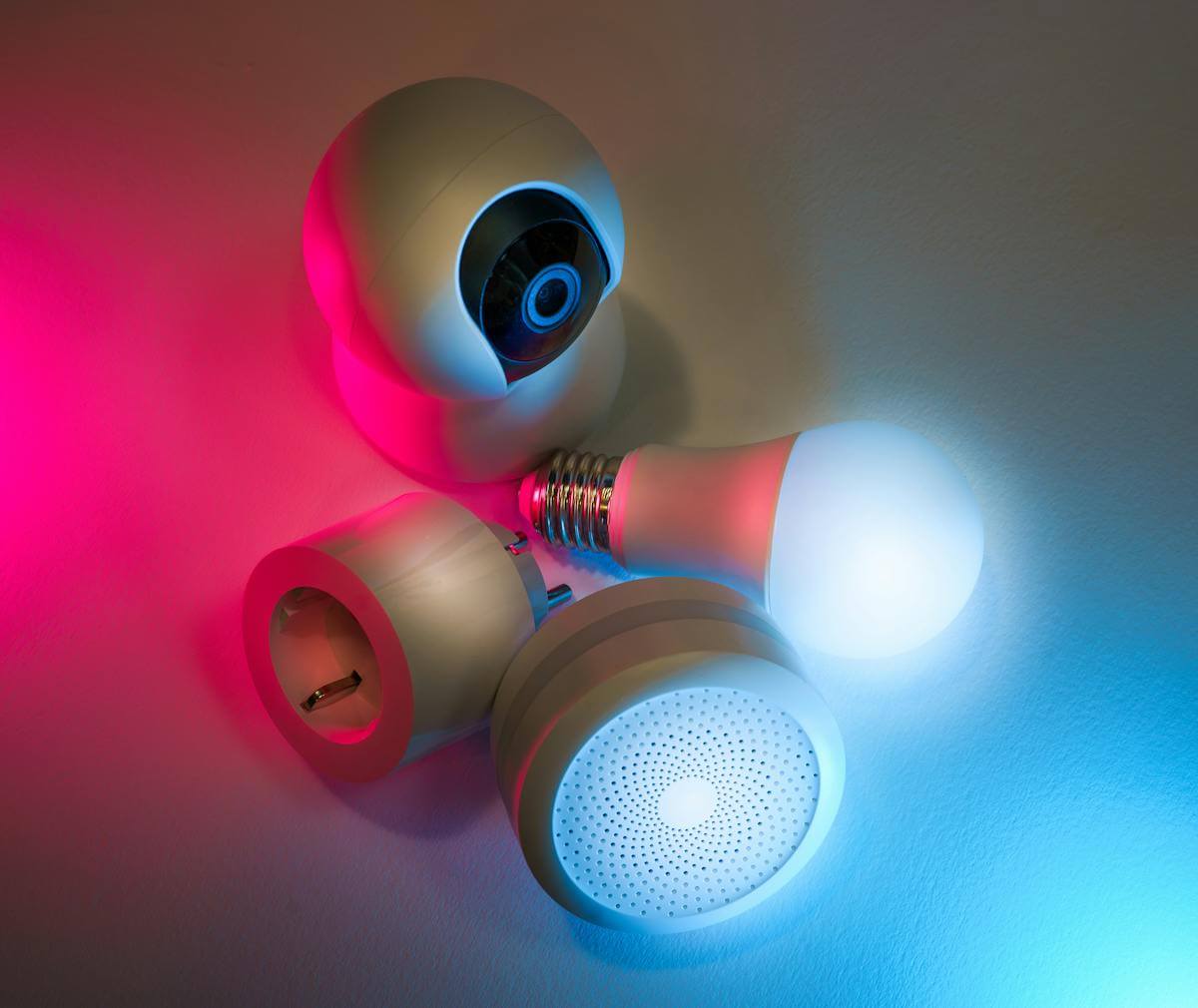
LED lights have quickly evolved into a staple of modern lighting, not only for their energy-saving advantages but also for their captivating ability to change colors. This feature allows users to create vivid and dynamic environments in any setting. But how exactly do these lights shift from a soft, warm white to a vibrant blue or a calming green? Understanding the science and technology behind this color transformation is not just interesting—it’s vital to utilizing LEDs to their full potential. At the heart of this transformation is a blend of semiconductor materials, intelligent electronic design, and sophisticated algorithms.

The Basics of LED Construction
To properly grasp how LED lights can change colors, it’s essential to start with a look at how LEDs are constructed. At their core, LED lights are built from small semiconductor chips. These chips are crucial, as they emit light when an electric current passes through them—a process known as electroluminescence. The materials in these semiconductor chips determine the color of the light emitted. For instance, different materials are used to produce red, green, or blue light. By precisely controlling this process, manufacturers can create LEDs that emit a wide array of colors.
Color-Changing Mechanisms in LED Lights
The ability of LED lights to change color involves a sophisticated blend of methods and technologies. Here are the three primary mechanisms used:PWM (Pulse Width Modulation): This method involves varying the width of the electrical pulses that power the LEDs. By shortening or lengthening these pulses, the brightness and color of the light can be controlled. This is one of the most common methods used for color control in LEDs because it offers precise control without sacrificing energy efficiency.
Current Control: This technique modifies the electrical current flowing through an LED. By adjusting the current, the emitted color can be subtly shifted, offering another layer of customization in LED lighting. Color Temperature Shifting: Unlike traditional bulbs, LEDs can adjust their color temperature to create different hues. This allows them to simulate warm amber tones or cool blue shades, offering a versatile lighting environment.These techniques are applied across various applications, from simple home lighting to complex commercial displays.

RGB Color Mixing and Color-Changing Algorithms
LEDs often utilize the RGB color model, which stands for Red, Green, and Blue. This model forms the foundation for creating a broad spectrum of colors. LEDs can mimic almost any color by mixing these three primary colors at different intensities.
Linear Color Changing involves seamless transitions between colors. It is often used in environments where a gradual change in light ambiance is needed, such as mood lighting settings.
Non-linear color-changing utilizes complex algorithms to execute intricate and dynamic lighting effects. It is used in theatrical and stage environments where dramatic lighting shifts are necessary.
Color-changing with Gamma Correction involves adjusting the brightness and saturation levels to ensure that colors appear vivid and natural to the human eye. This is especially important in displays and televisions, where accurate color representation is crucial.
Each technique allows LEDs to be tailored to several lighting scenarios, contributing to more visually appealing and functional spaces.
Advanced Color-Changing Technologies
Apart from the conventional methods, recent advancements in technology have introduced new ways to achieve precise LED color control:
Quantum Dot Technology: This cutting-edge technology uses nanometer-sized crystals to emit light at specific wavelengths, allowing for highly accurate color control. Quantum dots can provide brighter, more intense colors compared to traditional LEDs.
Nano-Optic Technology: By employing nano-scale structures, this technology can accurately control light and color. This is used in applications where precise light focus and minimal light spillage are needed.
Laser-Induced Fluorescence: This method creates light through the excitation of phosphors using lasers. It results in an intense, focused beam and is often used in professional lighting where bright, concentrated light is required.
While these advances offer incredible benefits, such as heightened color accuracy and efficiency, there are limits, such as increased production costs and the complexity of integration into everyday devices.
Applications of Color-Changing LED Lights
The versatility of color-changing LED lights extends across numerous applications:
Architectural Lighting: These LEDs emphasize architectural elements, enhancing the design and mood of a space. They allow buildings to stand out with stunning effects that can be easily modified.
Stage Lighting: Dynamic lighting effects are crucial in performances. Color-changing LED lights provide the theatrical effect to captivate audiences and complement stage productions.
Mood Lighting: LEDs can create desired atmospheres in homes and public venues. By adjusting colors, spaces can transition from energetic to restful with just a few adjustments.
Successful installations, from upscale theaters to innovative public art projects, underline the effectiveness of color-changing LEDs, showcasing their adaptability and intrigue.
Conclusion
LED lights have revolutionized how we perceive and utilize lighting through their ability to change colors. With a mix of semiconductor technology, electronic design, and algorithmic control, they provide endless possibilities for customization. As technology evolves, the potential applications for color-changing LED lights continue to grow. They encapsulate the future of lighting where creativity and sustainability meet, creating beautiful and efficient environments.
In embracing LED technology, users can transform any space into an ever-changing landscape of colors that fit their needs and desires, showcasing the limitless potential of this brilliant innovation.
FAQ’s
How do LED lights change colors?
LED lights change colors through a combination of electronic and technological mechanisms. The primary methods include:
RGB color mixing allows LEDs to create various colors by blending red, green, and blue light at different intensities.Pulse Width Modulation (PWM) is used to adjust the light pulses.Curent control to shift hues subtly.
What are the benefits of color-changing LED lights?
Color-changing LED lights offer several benefits, including energy efficiency, the ability to set diverse moods and atmospheres, flexibility in design and decoration, and long-lasting performance compared to traditional lighting.
Can I customize the colors of my LED lights?
Yes, many color-changing LED lights come with remote controls or smartphone apps that allow users to customize color settings according to their preferences. Options often include switching between preset colors, creating customized color sequences, and adjusting brightness levels.
Where can color-changing LED lights be used?
These lights are versatile and can be used in various settings such as homes for ambiance creation, in architectural lighting to highlight design elements, theatrical productions for dramatic effects, and in public spaces for mood lighting.
How long do color-changing LED lights last?
LEDs are known for their long lifespan, often lasting tens of thousands of hours. With color-changing LEDs, this durability remains, offering lasting performance and reduced need for frequent replacements.
Are color-changing LED lights safe?
Yes, LEDs, including color-changing variants, are generally safe. They produce minimal heat compared to traditional bulbs, reducing fire hazards and making them safer for prolonged use in various environments.

Unlock the full potential of your smart home device. Learn how to connect, automate, and optimize your smart devices for a seamless and convenient lifestyle.


The lifespan of LED lights is calculated using a combination of real-world testing (LM-80) and mathematical projection models (TM-21) to determine the L70 point. Factors like heat management, operating conditions, and component quality all play a crucial role in how long an LED fixture will last.